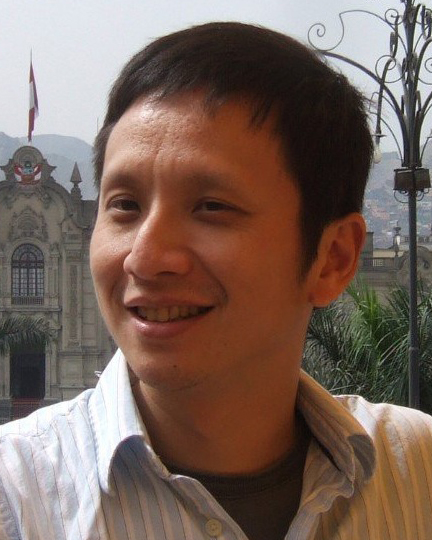The brain is an amazing machine. It handles the challenge of life by carrying out various forms of decision making based on fuzzy or incomplete information. Is that shadow behind the tree a dangerous tiger or a harmless deer? It is essential to make a quick and appropriate judgment before it is too late. The capability of making such decisions has helped our species to survive millions of years of evolution, yet we understand very little how the brain does it.
Our lab aims to address this problem. The fuzzy initially perceived information can be mathematically quantified with probabilities. We are interested in finding out how the brain uses such probabilistic information to make decisions. We train macaque monkeys to play “video games” that require them to make judgments based on probabilistic information to acquire rewards. For example, a triangle on a computer screen may indicate that the monkey is more likely (but not 100% sure) to achieve a reward if it looks at another shape on the screen. The monkey’s choice behavior can be modeled with computational and statistical methods. We then use electrophysiology and fMRI techniques to study the neuronal activities in certain parts of the brain, including areas in the parietal cortex and the prefrontal cortex, to find out the link between their behavior and the neural structures in the brain.
The broad field of decision-making has benefited from studies across many different areas, including neuroscience, psychology, mathematics, economy, engineering, and many more. We are trying to combine knowledge from diverse fields and put together a framework that not only illustrates how neural networks in the brain carry out decision making, but also provide insights back to other fields. Last but not least, our study will help the treatment of brain diseases that affected the decision-making ability.

Investigator